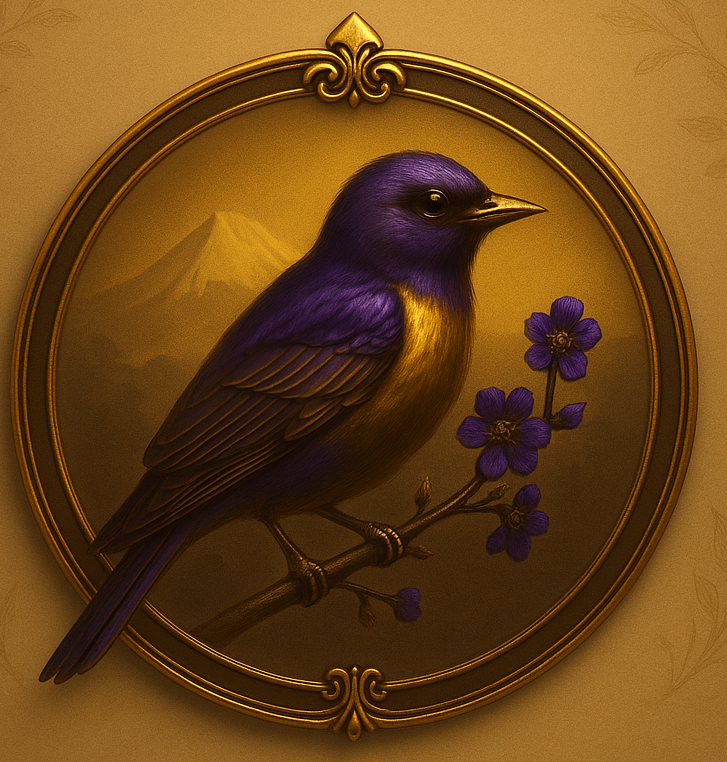While narrative poems tell captivating stories, lyric poetry invites readers into the intimate world of personal thought, feeling, and reflection. Often regarded as the heart of poetic expression, lyric poetry has endured for centuries, evolving with language and culture but always centered on emotion.
In our foundational guide, Types of Poetry: Exploring the Rich Forms of Poetic Expression, we introduced lyric poetry as one of the major poetic forms. Building on that, and expanding from our piece on Narrative Poetry which focuses on storytelling this article takes a closer look at lyric poetry: its features, history, and enduring appeal.
What is Lyric Poetry?
Lyric poetry is a genre that emphasizes personal emotion, subjective experience, and musicality over narrative progression. These poems are typically short and do not tell a story in the way narrative or epic poetry might. Instead, they seek to express inner feelings love, grief, awe, ecstasy, or melancholy in a distilled, artistic form.
The term “lyric” originates from Ancient Greece, where such poems were performed with the accompaniment of a lyre, a stringed musical instrument. Though the lyre is long gone, the emotional resonance of lyric poetry still sings through the centuries.
Characteristics of Lyric Poetry
- First-Person Perspective – Lyric poems often use “I” to emphasize personal voice and feeling.
- Emotional Focus – Instead of recounting events, lyric poetry explores internal states and moods.
- Musicality – Rhythm, meter, rhyme, and repetition are key tools in crafting a lyrical flow.
- Compact Form – These poems are typically brief but powerful condensing complex feelings into a few potent lines.
Common Themes in Lyric Poetry
- Love – From passion to heartbreak
- Nature – A frequent muse for poets reflecting on existence
- Loss and Grief – Often meditative and elegiac
- Spirituality and the Sublime – Exploring the divine or the unknowable
Famous Forms of Lyric Poetry
Lyric poetry appears across numerous forms, some of which overlap with other genres:
📝The Sonnet
A 14-line poem often associated with Shakespeare, Petrarch, and romantic expression. A form that shares the emotional intimacy of lyric poetry while obeying strict structure.
📝 The Ode
An elaborate poem of praise, often addressed to a person, object, or concept. Think Keats’ “Ode on a Grecian Urn.”
📝 The Elegy
A melancholic or mournful poem reflecting on death and loss—deeply personal and universally human.
📝 Modern Free Verse
Today’s lyric poets may abandon form entirely in favor of free verse, allowing emotion and language to shape the structure organically.
Lyric Poetry vs. Narrative Poetry
While narrative poetry moves readers through a plot with characters and events, lyric poetry pulls them inward, offering a mirror to the poet’s soul. Both are powerful tools of expression, but their purposes differ: one tells a story, the other shares a state of being. If you’d like to explore how poetry tells stories through structured verse, don’t miss our companion piece: Narrative Poetry: The Art of Storytelling in Verse.
Why Lyric Poetry Endures
Lyric poetry’s universality lies in its intimacy. It transcends culture and time because emotion is a human constant. Whether it’s Sappho’s ancient Greek fragments or the verse of modern spoken-word artists, lyric poetry captures the human experience in vivid, unforgettable bursts.
Continue Your Poetic Journey
To better understand how lyric poetry fits into the broader poetic tradition, revisit Types of Poetry: Exploring the Rich Forms of Poetic Expression. You’ll find how lyric poetry complements narrative, dramatic, and free verse styles each offering unique ways to connect with readers and express the inexpressible.

